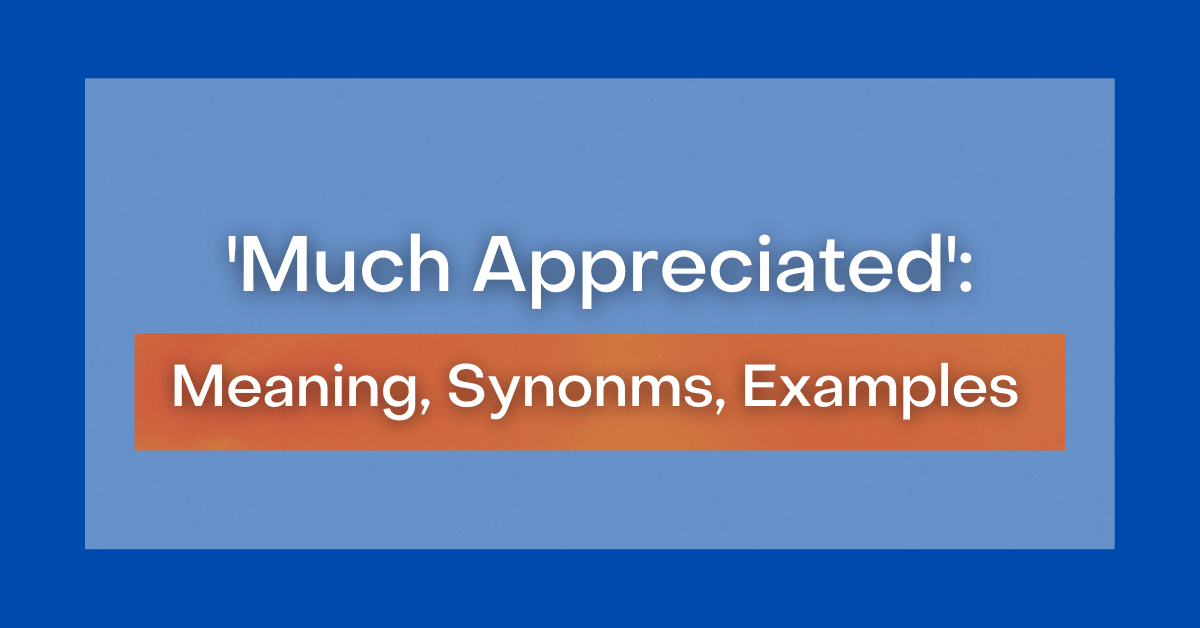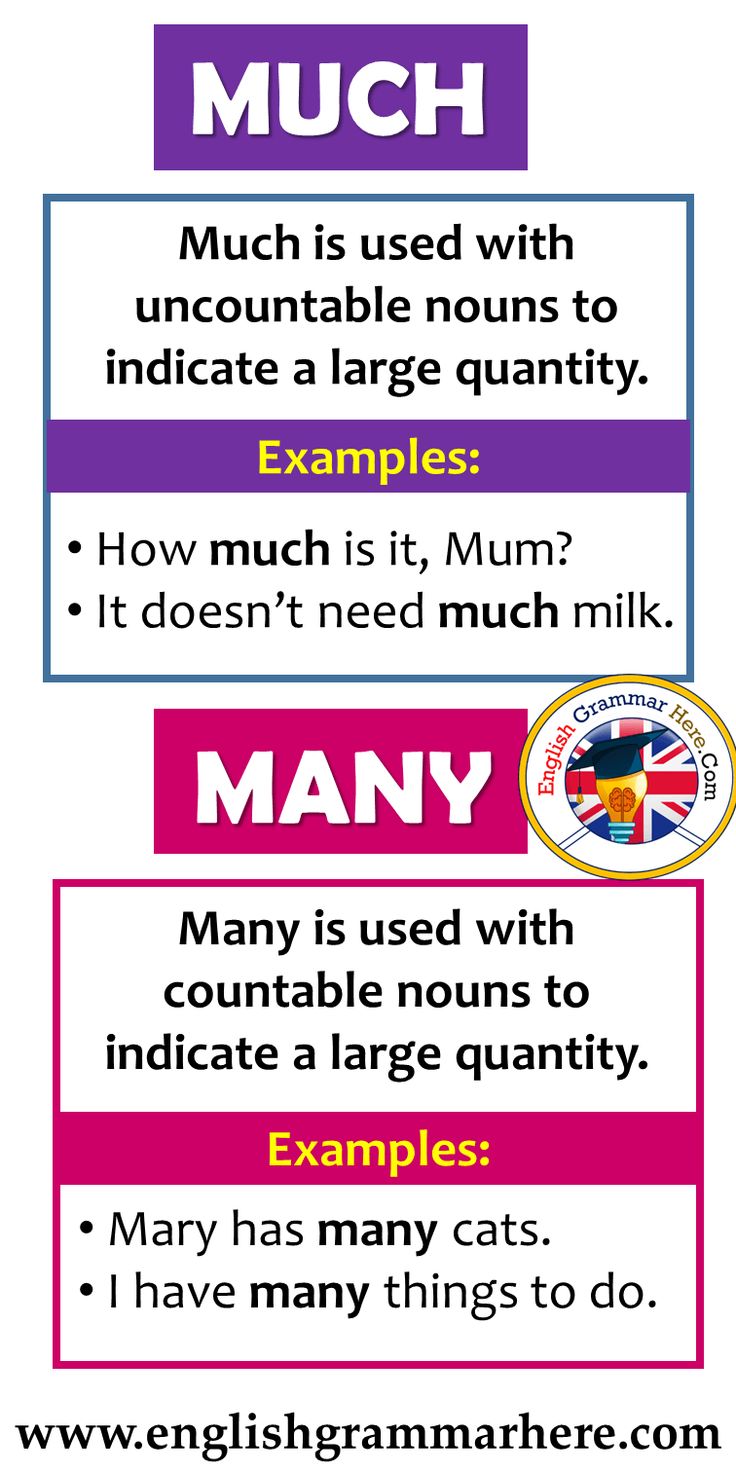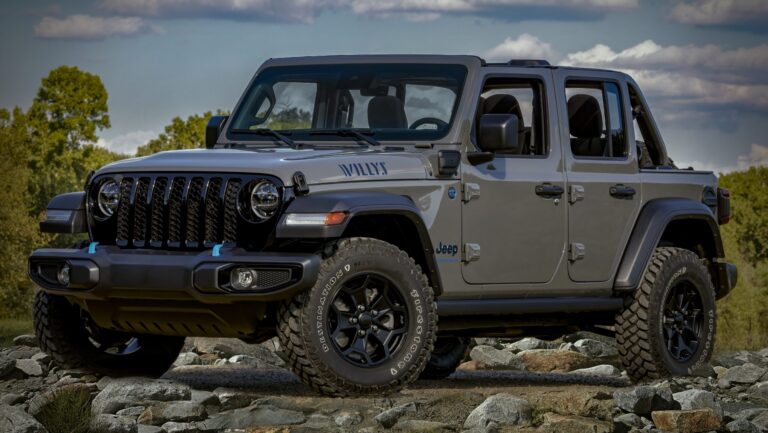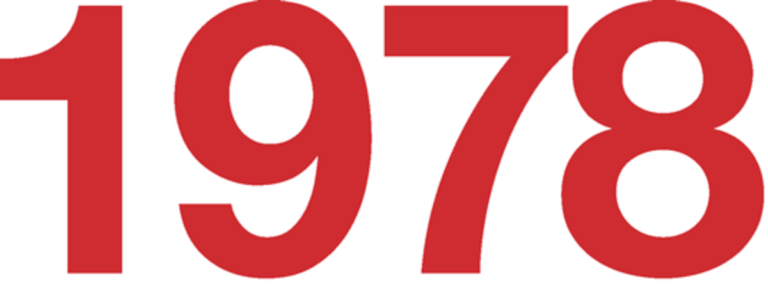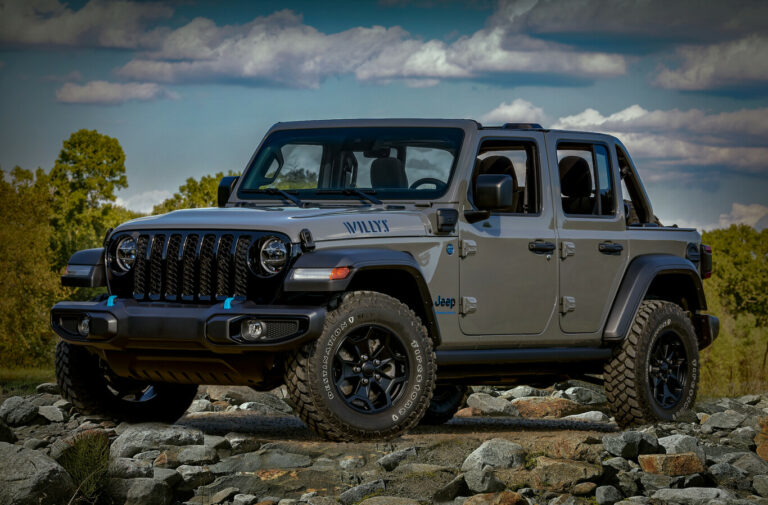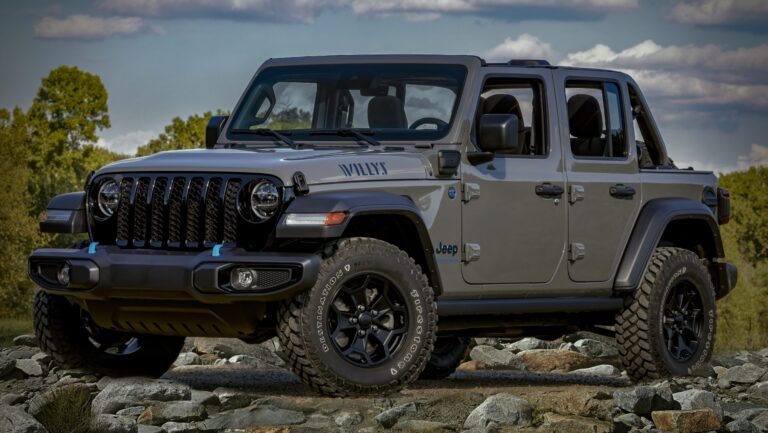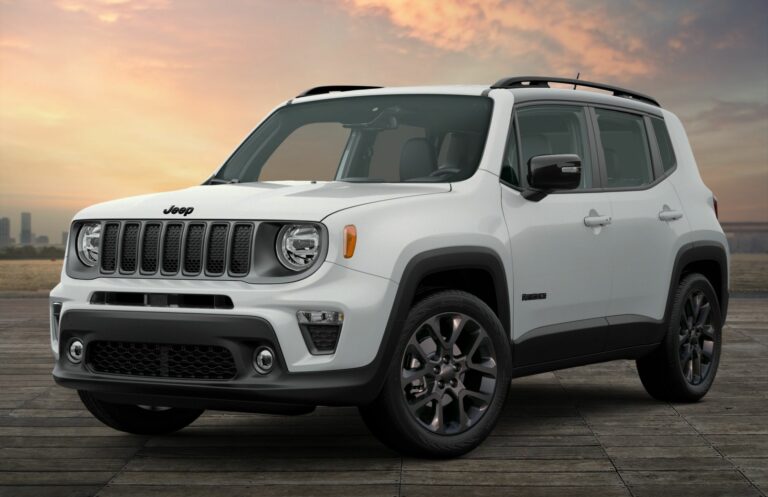How Much Does A Jeep Wrangler Cost Monthly?
How Much Does A Jeep Wrangler Cost Monthly? jeeps.truckstrend.com
The Jeep Wrangler isn’t just a vehicle; it’s a statement, a lifestyle, and for many, a dream. Its iconic design, legendary off-road capability, and unparalleled sense of freedom make it one of the most coveted SUVs on the market. But while the allure of open-air adventures and conquering rugged trails is strong, a crucial question for any prospective owner is: How much does a Jeep Wrangler cost monthly?
Understanding the true monthly cost of owning a Wrangler goes far beyond just the initial purchase price or a loan payment. It encompasses a range of ongoing expenses, from fuel and insurance to maintenance, potential modifications, and even the occasional unexpected repair. This comprehensive guide will break down all the financial aspects, helping you budget effectively and drive your dream Wrangler with peace of mind.
How Much Does A Jeep Wrangler Cost Monthly?
The Initial Investment: Monthly Loan or Lease Payments
For most buyers, the largest component of their monthly Wrangler cost will be their loan or lease payment. This figure is influenced by several factors:
- New vs. Used: A brand-new Jeep Wrangler can range from around $32,000 for a base Sport 2-door to over $80,000 for a fully loaded Rubicon 392 or high-trim 4xe. A used Wrangler will naturally have a lower purchase price, but its condition, mileage, and model year will dictate its cost.
- Example: A new 2024 Jeep Wrangler Sport S might have an MSRP of $38,000. With a 10% down payment ($3,800) and a 60-month loan at 7% interest, your monthly payment could be approximately $680 – $750.
- Example: A used 2019 Jeep Wrangler JL Sahara at $28,000 with the same down payment and terms might yield a monthly payment of $490 – $550.
- Loan Terms: The interest rate and the length of your loan significantly impact your monthly payment. Longer terms mean lower monthly payments but more interest paid over time. A shorter term means higher payments but quicker equity building and less overall interest.
- Leasing: Leasing typically offers lower monthly payments than purchasing, as you’re only paying for the depreciation during the lease term. However, leases come with mileage restrictions and no ownership equity at the end of the term. A typical Wrangler lease could range from $400 to $700+ depending on the model, trim, and terms.
- Down Payment: A larger down payment directly reduces the amount you need to finance, lowering your monthly loan payments.

Fueling Your Adventure: Gasoline Costs

Jeep Wranglers are not known for their stellar fuel economy, especially the more capable off-road trims. This makes gasoline a significant ongoing monthly expense.
-
Engine Type:
- 3.6L Pentastar V6: Often found in many trims, this engine typically achieves around 19-20 MPG combined.
- 2.0L Turbocharged I4: Slightly more fuel-efficient, averaging 21-22 MPG combined.
- 6.4L HEMI V8 (Rubicon 392): The powerhouse, but thirsty, often getting around 14-17 MPG combined.
- 2.0L 4xe Plug-in Hybrid: This model offers the best fuel economy, with an estimated 49 MPGe (miles per gallon equivalent) on electric power and around 20 MPG combined on gasoline once the battery is depleted. Charging at home can significantly reduce gasoline consumption.

-
Driving Habits and Mileage: Your daily commute, weekend adventures, and off-road excursions will dictate how much fuel you consume.
-
Fuel Prices: These fluctuate based on location and global events.
-
Calculation Example: If you drive an average of 1,000 miles per month in a V6 Wrangler (20 MPG) with gas at $3.50/gallon:
- 1000 miles / 20 MPG = 50 gallons
- 50 gallons * $3.50/gallon = $175 per month
This cost can easily jump to $250-$300+ for higher mileage drivers, those with the Rubicon 392, or if gas prices spike. Conversely, a 4xe owner who frequently charges might spend significantly less on gasoline, potentially under $100 if most driving is electric.
Protecting Your Investment: Insurance Premiums
Insurance is a mandatory monthly cost that protects your vehicle and your finances. Wrangler insurance premiums can vary widely based on numerous factors:
- Driver Profile: Age, driving history (clean record vs. accidents/tickets), marital status, and credit score all play a role. Younger drivers often pay more.
- Location: Urban areas with higher theft rates or accident statistics typically have higher premiums.
- Vehicle Model and Trim: More expensive trims, especially those with powerful engines like the Rubicon 392, or newer models, generally cost more to insure due to higher repair or replacement costs.
- Coverage Type: Full coverage (collision, comprehensive) is more expensive than liability-only, but highly recommended for a valuable asset like a Wrangler.
- Deductibles: Higher deductibles can lower your monthly premium but mean you pay more out-of-pocket if you file a claim.
On average, monthly insurance for a Jeep Wrangler can range from $80 for an experienced, low-risk driver with basic coverage on an older model to $250+ for a young driver with a new, high-trim Wrangler and comprehensive coverage. Many owners will fall into the $120 – $180 per month range.
- Tips to reduce insurance costs: Shop around for quotes, bundle policies (home and auto), maintain a clean driving record, inquire about discounts (good student, anti-theft devices), and consider a higher deductible if you have an emergency fund.
Keeping It Running: Maintenance and Repairs
While Wranglers are generally robust, especially for their intended use, they still require regular maintenance to stay in top shape. Neglecting maintenance can lead to more expensive repairs down the line.
- Routine Maintenance (Monthly Allocation): This includes oil changes (every 5,000-10,000 miles depending on oil type), tire rotations (every 5,000-7,500 miles), and filter replacements (air, cabin). These costs can average $30 – $70 per month when amortized annually.
- Scheduled Maintenance: At specific mileage intervals (e.g., 30,000, 60,000, 90,000 miles), more extensive services are required, such as spark plug replacement, fluid flushes (transmission, differential), and brake inspections. These larger services can cost several hundred dollars.
- Common Wear Items: Brake pads and rotors, suspension components (especially if off-roading frequently), and batteries are typical wear items that will eventually need replacement.
- Off-Roading Impact: If you regularly push your Wrangler to its limits off-road, you might experience accelerated wear on components like tires, suspension, axles, and underbody protection, leading to higher repair costs. Budgeting an extra $20 – $50 per month for potential off-road related wear or repairs is wise.
Budgeting $40 – $100 per month for general maintenance and a repair fund is a reasonable approach. For an older Wrangler, this figure might lean towards the higher end.
Beyond the Basics: Other Potential Monthly Costs
Several other costs, while not always strictly "monthly" in billing, should be factored into your overall budget.
- Registration and Licensing Fees: These are typically annual but can be amortized monthly. They vary significantly by state and vehicle value, ranging from $5 – $30 per month when broken down.
- Tires: Wrangler tires, especially the aggressive all-terrain or mud-terrain tires favored by many owners, can be expensive. A set can cost anywhere from $800 to $2,000+, and they often wear faster than standard road tires. Budgeting $20 – $60 per month for a future tire replacement fund is prudent.
- Modifications and Upgrades: This is where the "Jeep thing" really kicks in. Many Wrangler owners personalize their vehicles with lift kits, larger tires, custom bumpers, winches, lighting, and more. These costs can range from negligible if you resist the urge to hundreds or even thousands of dollars monthly if you’re actively building out your rig. This is an entirely optional, but very common, expenditure.
- Parking/Tolls: If your daily commute or lifestyle involves paid parking or toll roads, these are additional monthly expenses.
- Cleaning/Detailing: Wranglers are meant to get dirty, but regular cleaning (especially after off-roading) helps protect the paint and interior.
Calculating Your Total Monthly Wrangler Expense
Combining all these categories gives you a clearer picture of your total monthly outlay. Here’s a generalized range:
| Cost Category | Low Monthly Estimate (USD) | High Monthly Estimate (USD) | Average Monthly Estimate (USD) | Notes |
|---|---|---|---|---|
| Loan/Lease Payment | $350 (used, long term) | $800+ (new, shorter term) | $550 – $650 | Heavily dependent on purchase price, down payment, loan term, and interest rate. |
| Fuel Costs | $100 (low mileage, 4xe) | $300+ (high mileage, V6) | $150 – $250 | Varies with driving habits, mileage, engine type (4xe vs. gas), and current fuel prices. |
| Insurance Premiums | $80 (experienced driver) | $250+ (young driver, high risk) | $120 – $180 | Influenced by driver profile, location, vehicle model, and coverage type. |
| Routine Maintenance | $30 | $70 | $40 – $50 | Covers basic services like oil changes and tire rotations. Excludes major services or unexpected repairs. |
| Tire Fund (Replacement) | $20 | $60 | $30 – $40 | Budget for future tire replacements. Costs vary based on tire type (street vs. off-road) and wear. |
| Miscellaneous (Reg, Mods, etc.) | $0 (if no mods) | $200+ (active modding) | $50 – $100 | Includes amortized registration fees and an allowance for optional modifications or unexpected small expenses. Can be much higher for dedicated modders. |
| TOTAL ESTIMATED MONTHLY COST | $580 – $650 | $1700 – $2000+ | $940 – $1270 | This is a broad range. Your actual costs will fall within this spectrum based on your specific Wrangler, driving habits, and financial choices. Excludes initial down payments. |
This table clearly illustrates the wide range of potential monthly costs. A budget-conscious owner of an older, used Wrangler with minimal driving and no modifications might keep costs on the lower end, while a new Rubicon 392 owner with extensive off-roading and a penchant for upgrades could easily exceed the higher estimates.
Practical Advice and Actionable Insights
- Budget Realistically: Don’t just consider the monthly payment. Factor in all the potential costs discussed above.
- Shop Around: Get multiple quotes for insurance and financing. Even a small difference in interest rates can save you hundreds over the life of a loan.
- Consider Used: A well-maintained used Wrangler can significantly reduce your upfront and monthly costs without sacrificing much capability or fun. Wranglers hold their value well, so a slightly older model is often still a great buy.
- DIY Maintenance (Carefully): For simple tasks like oil changes or air filter replacements, doing it yourself can save money, but always ensure you have the right tools and knowledge.
- Drive Smart: Aggressive driving reduces fuel economy and increases wear on components.
- Evaluate Modifications: While tempting, every modification adds to the cost, not just of the part itself but potentially installation, insurance, and even accelerated wear on other components. Prioritize essential upgrades.
- Set Aside a Contingency Fund: Unexpected repairs happen. Having a dedicated savings account for your vehicle can prevent financial stress.
Conclusion
Owning a Jeep Wrangler is an experience unlike any other. It promises adventure, freedom, and a vibrant community. However, the dream comes with a tangible monthly cost that extends far beyond the dealership’s sticker price. By understanding and budgeting for loan payments, fuel, insurance, maintenance, and other potential expenses, you can ensure that your Wrangler ownership journey is one of joy and excitement, rather than financial strain. While the monthly investment can be significant, for many enthusiasts, the unique capabilities and lifestyle that a Jeep Wrangler offers make every penny well spent.
Frequently Asked Questions (FAQ)
Q1: Is a Jeep Wrangler expensive to maintain?
A1: Routine maintenance for a Wrangler is comparable to other SUVs. However, specialized off-road components, larger tires, and the potential for accelerated wear due to aggressive off-roading can make overall maintenance costs higher than a standard passenger car. Unexpected repairs, especially on older models or those driven hard, can also be a factor.
Q2: Do Jeep Wranglers hold their value well?
A2: Yes, Jeep Wranglers are renowned for their exceptional resale value. This strong depreciation retention can offset some of the ownership costs, as you’ll likely get more back when you sell or trade it in compared to many other vehicles.
Q3: Is the Wrangler 4xe (plug-in hybrid) cheaper to run monthly?
A3: The 4xe typically has a higher purchase price than comparable gasoline-only models, leading to higher loan payments. However, its ability to run on electric power for a significant range (21 miles) can drastically reduce monthly fuel costs if you have access to charging and keep the battery topped up. Over time, the fuel savings might offset the higher initial cost, but it depends heavily on your driving habits and electricity prices.
Q4: What’s the biggest variable in the monthly cost of a Wrangler?
A4: The biggest variables are typically the monthly loan/lease payment (due to purchase price, down payment, and terms) and fuel costs (due to mileage and gas prices). However, for many enthusiasts, modifications and upgrades can quickly become the largest discretionary monthly expenditure.
Q5: Can I reduce my monthly Wrangler costs?
A5: Yes! You can reduce costs by:
- Buying a used Wrangler.
- Making a larger down payment.
- Shopping around for the best insurance rates.
- Driving less or more efficiently.
- Performing basic maintenance yourself.
- Being selective about modifications.
- Avoiding unnecessary aggressive off-roading that causes excessive wear.
